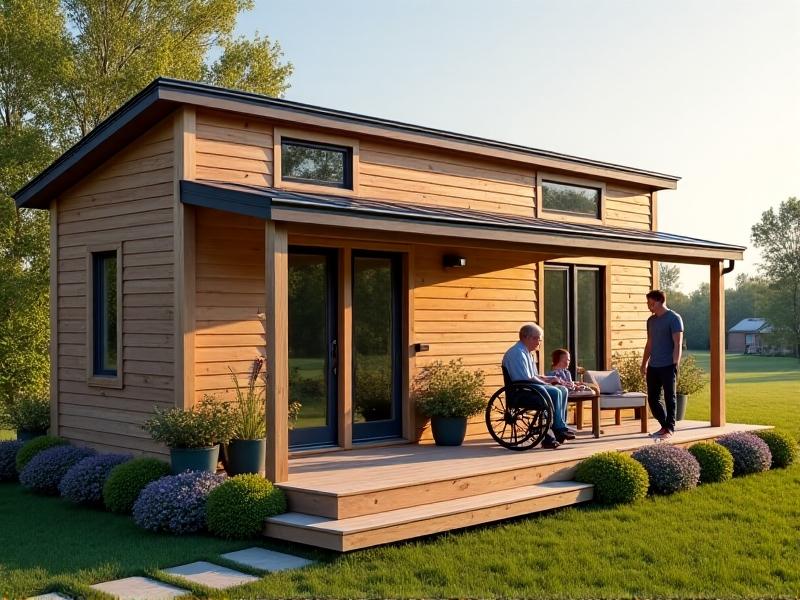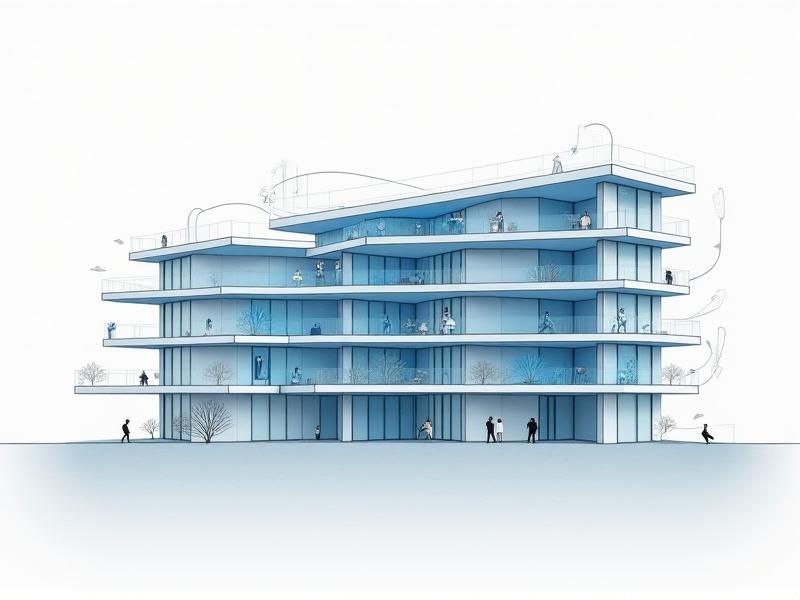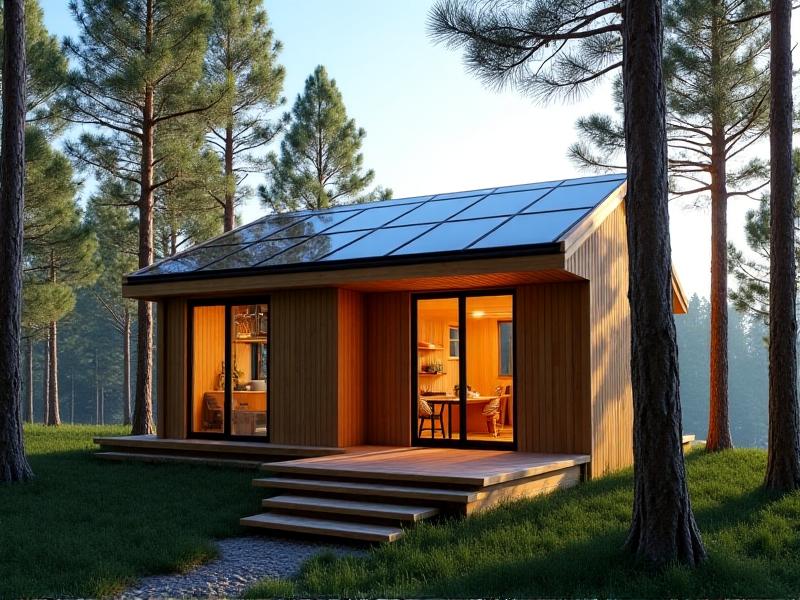Roof-Mounted Solar Array Integration
The Benefits of Roof-Mounted Solar Arrays
Integrating solar arrays onto rooftops has become a cornerstone of residential and commercial sustainability strategies. Beyond reducing electricity bills, rooftop solar systems contribute to energy independence, allowing households and businesses to generate their own clean power. This decentralization of energy production reduces strain on traditional power grids, especially during peak demand periods. Modern solar panels are also designed to blend seamlessly with various architectural styles, addressing aesthetic concerns that once deterred potential adopters.
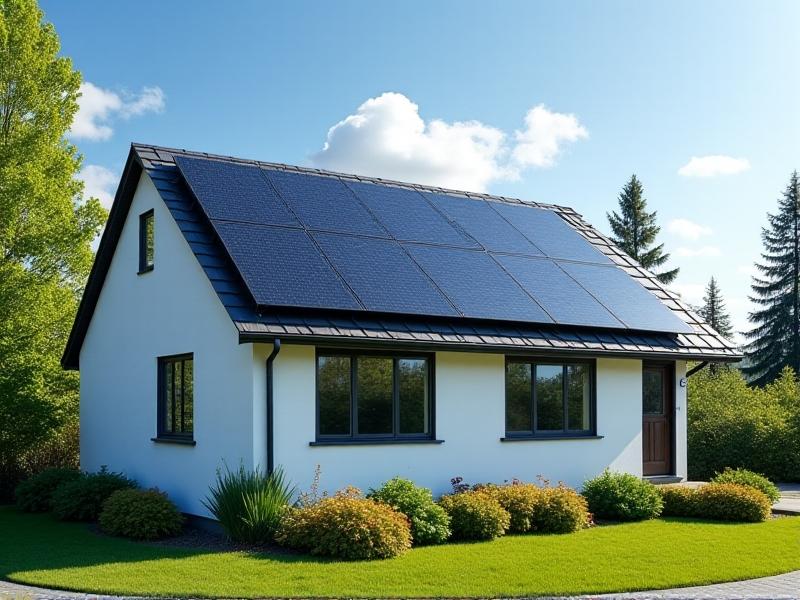
Assessing Structural Capacity and Roof Compatibility
Before installation, a thorough evaluation of the roof’s structural integrity is essential. Solar panels add weight—typically 2–4 pounds per square foot—which older buildings may not support without reinforcement. Factors like roof material (e.g., asphalt shingles, metal, or tile), age, and load-bearing capacity determine whether modifications are needed. Engineers often use drone inspections or 3D modeling to identify weak spots and ensure compliance with local building codes. Proper assessment minimizes risks of damage and ensures long-term system viability.
Roof Types and Their Solar Integration Challenges
Not all roofs are created equal for solar integration. Flat roofs, common in commercial buildings, require tilt-mounted racks to optimize sunlight capture, which can increase wind load. Sloped roofs, popular in residential areas, need secure mounting systems to prevent slippage. Tile roofs often demand specialized clamps to avoid cracking, while metal roofs allow for quicker installations with standing seam attachments. Each roof type presents unique challenges, requiring tailored solutions to balance efficiency, cost, and durability.
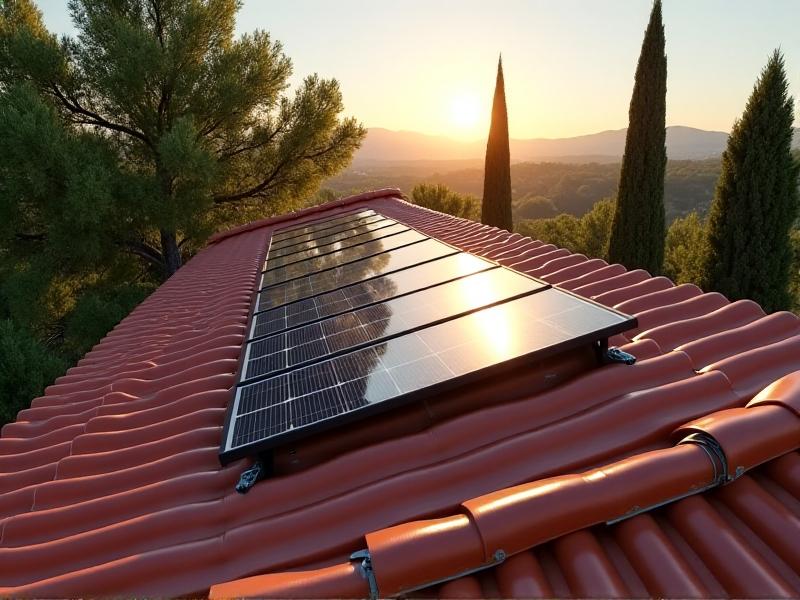
Designing for Optimal Energy Output
Maximizing energy production hinges on strategic design. Panel orientation—south-facing in the Northern Hemisphere—ensures maximum sun exposure, while tilt angles are adjusted based on geographic latitude. Shading from trees, chimneys, or nearby buildings must be minimized through careful placement or micro-inverters. Tools like solar pathfinders and software simulations model sun trajectories across seasons, enabling precise layouts. A well-designed system not only boosts efficiency but also extends the lifespan of components by reducing stress from suboptimal conditions.
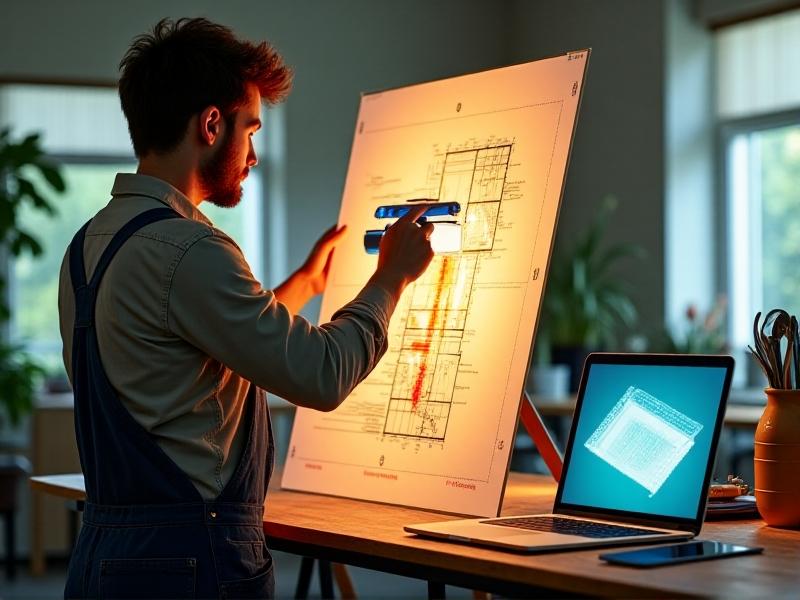
Inverters and Energy Storage Solutions
Inverters convert solar-generated DC power into usable AC electricity, but choosing between string, micro, or hybrid inverters depends on system size and shading conditions. Pairing inverters with battery storage, like lithium-ion systems, enables energy retention for nighttime use or grid outages. Advanced systems integrate smart technology to prioritize energy usage, selling excess power back to the grid during high-rate periods. These components are critical for transforming intermittent solar energy into a reliable power source.
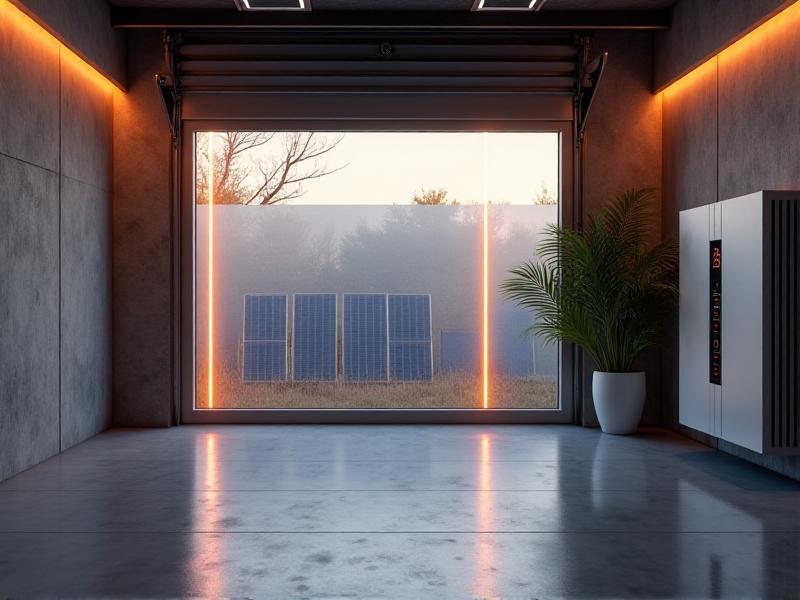
Cost Analysis and Financial Incentives
While upfront costs for rooftop solar remain significant—averaging $15,000–$25,000—financial incentives dramatically improve affordability. Federal tax credits, state rebates, and net metering programs shorten payback periods to 6–10 years. Leasing or power purchase agreements (PPAs) offer low- or no-cost installations in exchange for monthly payments. Additionally, solar-equipped homes often see increased property values, making the investment attractive even for those planning to sell. Transparent cost-benefit analyses help demystify long-term savings versus initial expenses.
Maintenance and Performance Monitoring
Rooftop solar arrays require minimal maintenance, but periodic checks are crucial. Dust, pollen, and debris can reduce efficiency by up to 15%, necessitating occasional cleaning. Monitoring software alerts users to underperforming panels or inverter malfunctions, enabling prompt repairs. Seasonal inspections ensure mounts remain secure and wiring intact. Proactive maintenance preserves output levels and prevents minor issues from escalating, safeguarding the system’s ROI over its 25–30-year lifespan.
Future Trends in Solar Integration
Emerging technologies promise to revolutionize rooftop solar. Building-integrated photovoltaics (BIPV), such as solar shingles and window coatings, could replace traditional panels entirely. Advances in perovskite solar cells may boost efficiency rates beyond 30%, while AI-driven systems will optimize energy use in real time. Additionally, vehicle-to-grid (V2G) integration allows electric cars to store and discharge solar energy, transforming homes into holistic energy hubs. These innovations will make solar arrays more accessible and efficient than ever.
Sustainability Impact and Carbon Reduction
Rooftop solar arrays play a pivotal role in reducing carbon footprints. A typical residential system offsets 3–4 tons of CO2 annually—equivalent to planting 100 trees yearly. By displacing fossil fuel-derived electricity, widespread adoption could slash global emissions by 5–10%. Furthermore, solar production’s water footprint is 95% lower than coal or nuclear plants, conserving vital resources. This dual benefit of carbon and water savings underscores solar power’s critical role in combating climate change.
Overcoming Common Challenges in Adoption
Despite benefits, barriers like upfront costs, regulatory hurdles, and misinformation persist. Educating consumers about financing options and long-term savings can alleviate financial concerns. Simplifying permitting processes and standardizing codes would accelerate installations. Addressing myths—such as panels failing in cloudy climates or requiring excessive maintenance—builds public confidence. Collaborative efforts between governments, installers, and communities are key to mainstreaming rooftop solar as a viable energy solution.
